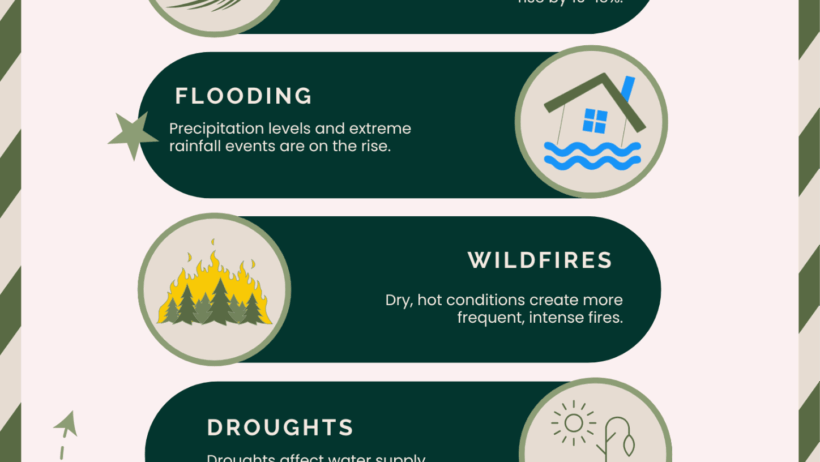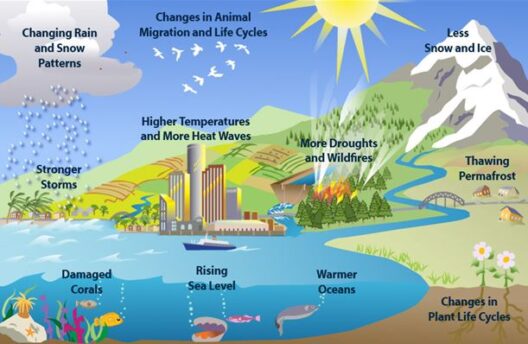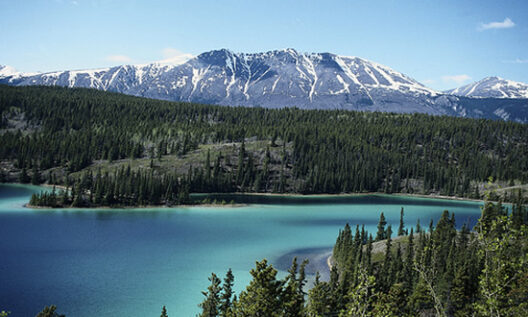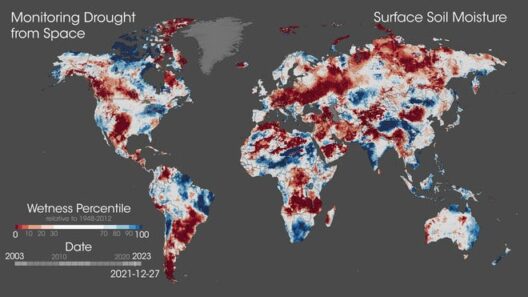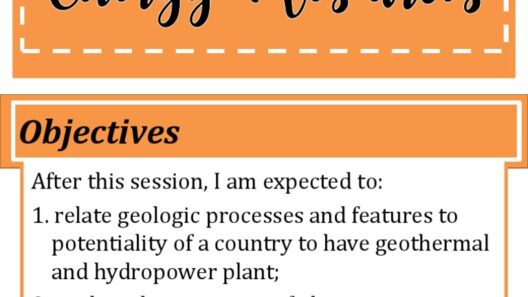As climate change continues its relentless march, communities across the globe are beginning to notice its profound impacts. The phrase “My City, My Climate” evokes a powerful sense of ownership and responsibility for our local environments. The connections we share with our surroundings extend beyond mere aesthetics; they touch the very fabric of our social, economic, and ecological well-being. Global warming is not a distant phenomenon but an immediate threat reshaping the intricacies of our daily lives.
In many urban landscapes, the manifestations of climate change are all too apparent. Rising temperatures, erratic rainfall patterns, and increased frequency of natural disasters contribute to a new urban reality. Each neighborhood faces unique challenges; for instance, coastal cities grapple with the threat of rising sea levels, while arid regions confront severe droughts. This growing list of climate-induced phenomena serves as a testament to the interconnectedness of the environment and the communities that inhabit it.
The common observation that increasingly severe weather patterns disrupt local life hints at deeper reasons for our fascination with climate dynamics. It acts as a mirror reflecting the complexities of societal interactions and the intricacies of the natural world. Human beings tend to exhibit an innate curiosity about their surroundings, often leading to a desire for exploration and understanding. Thus, when the impacts of climate change materialize in the form of devastating storms, extended heatwaves, or suboptimal agricultural yields, they provoke questions about our collective stewardship of the planet.
This intrinsic connection between climate and community extends to public health. Notably, air quality has markedly declined in urban settings due to the rise in temperatures augmented by climate change. Prolonged heat can exacerbate respiratory illnesses, while allergens flourish in warmer conditions, worsening asthma and allergenic responses among vulnerable populations. Consequently, many cities are expanding their public health initiatives to combat these emerging threats, as health and wellness become intertwined with climate resilience.
Furthermore, the economic landscape is not immune to the changes wrought by global warming. For some sectors, such as agriculture, the ramifications are particularly pronounced. Farmers may find traditional crops no longer sustainable due to shifting climate patterns, prompting a shift towards more resilient varieties. Urban areas are thus transformed into arenas for innovative agricultural practices, such as vertical farming and community gardens, which foster both local food security and urban green spaces.
Social dynamics are also inextricably linked to the impact of climate change. Vulnerable communities often bear the brunt of environmental degradation, leading to a widening gap in social equity. A poignant example lies in the displacement of populations following natural disasters, where marginalized groups find themselves at a disadvantage during recovery efforts. As communities grapple with these injustices, conversations around climate justice have gained traction, urging for policies that address the disproportionate effects of climate change.
Green infrastructure emerges as a proactive solution, serving both ecological and social functions. Developing parks, green roofs, and permeable pavements can help manage stormwater, mitigate urban heat islands, and enhance biodiversity within urban environments. Such initiatives not only provide environmental benefits but also foster social cohesion by creating communal spaces for residents to gather and engage, thus reinforcing the sense of community in the face of adversity.
Education plays a pivotal role in adapting to climate challenges as well. Increasing awareness among residents about local climate issues is essential for fostering a more resilient mindset. Workshops and community forums can serve as valuable platforms for sharing knowledge and resources, empowering individuals to contribute meaningfully to climate action. Inspired residents are more likely to participate in initiatives, advocate for sustainable practices, and champion policies that support environmental stewardship.
The integration of technology also cannot be overlooked. Smart city initiatives are on the rise, utilizing data-driven approaches to enhance urban sustainability. From optimizing energy use to improving waste management, technology holds significant potential for reshaping community resilience. By harnessing innovations such as IoT devices and AI, cities can not only respond more effectively to climate impacts but also anticipate future challenges more adeptly.
As we consider the comprehensive consequences of global warming on our communities, it becomes increasingly clear that multifaceted approaches are essential for effective response. Local government, businesses, and citizens must collaborate to build climate-resilient cities. This collaborative effort requires robust communication strategies to ensure that the urgency of climate action remains at the forefront of community dialogues. Voices of change, regardless of where they originate, must echo through the halls of power and influence.
In conclusion, the phrase “My City, My Climate” embodies the essence of our collective responsibility toward the environment. As global warming reshapes the communities we inhabit, it compels us to reevaluate our policies, practices, and daily choices. By understanding the interwoven nature of climate impacts and community dynamics, we can forge a path toward a more sustainable future. Through proactive engagement, informed decision-making, and unyielding determination, we can reclaim our cities and create resilient havens that thrived despite the rising tides of change.

